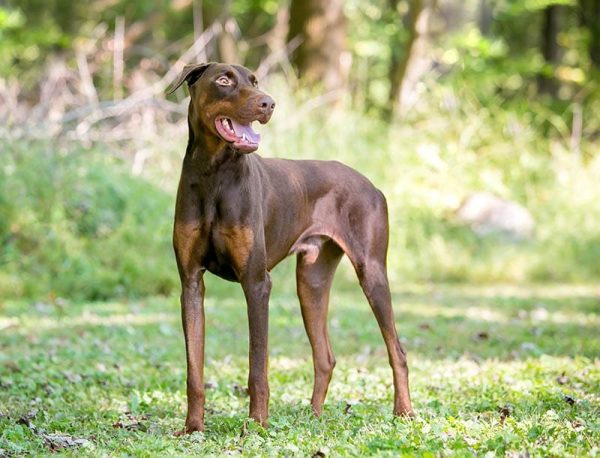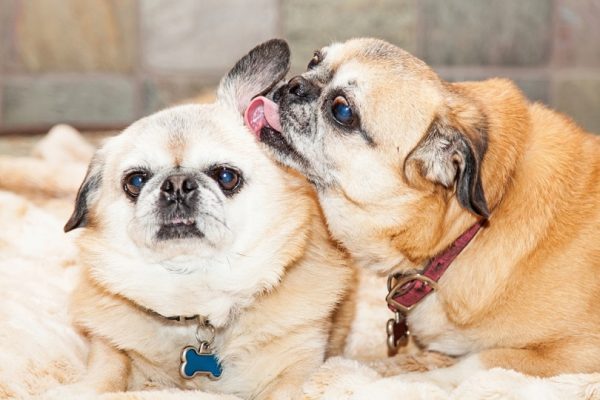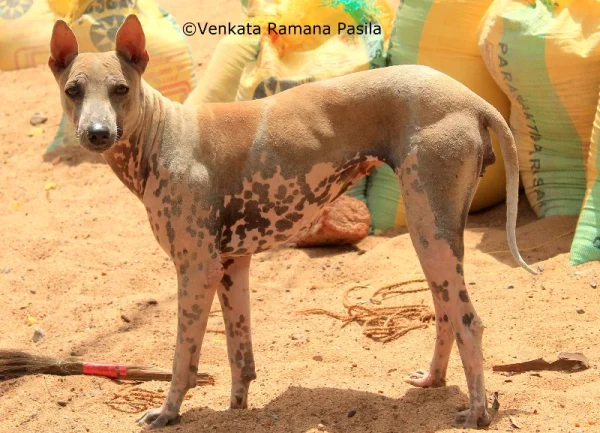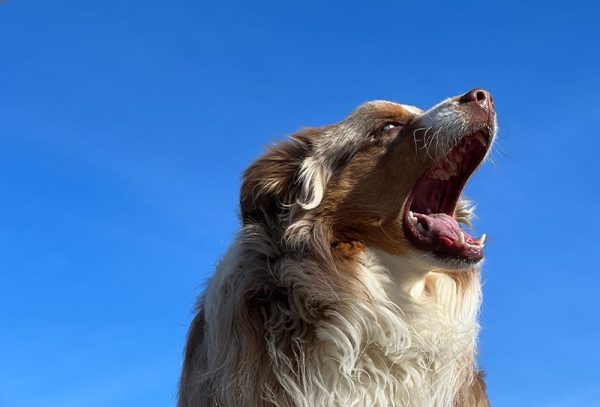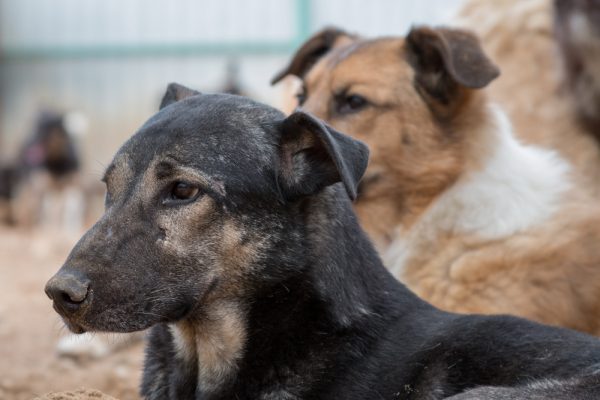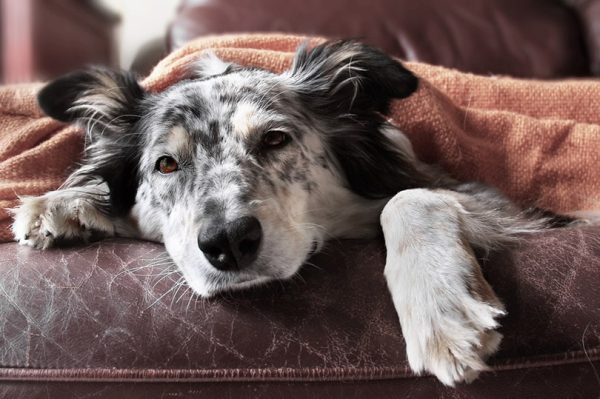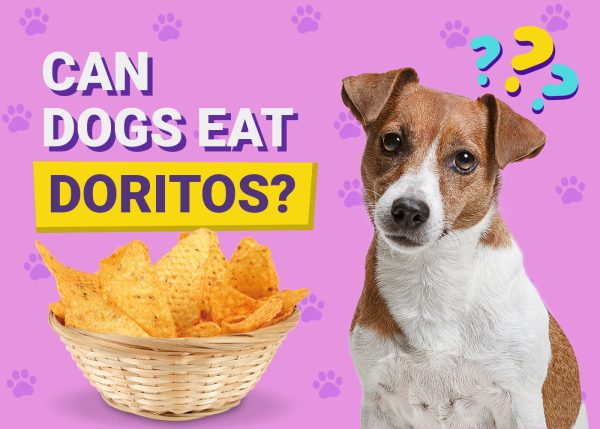In this article
View 3 More +Whoever invented the button (currently credited to the Indus Valley civilization around 2,000 BC), must not have had a pet dog. Because our canine friends often like to eat random, unappetizing things—such as buttons—owners need to be aware of what to do if this happens and how to prevent it again in the future.
While details such as button material and size in conjunction with the size of the dog are key components in determining risk, buttons have the potential to be a choking hazard or pose a threat by blocking the digestive tract. If your dog is choking you need to relieve them, and even if they don’t it is better to call the vet to be sure.
Here’s What to Do When Your Dog Eats a Button
1. Remain calm
Getting worked up and panicked will not help you or your dog in the long run.
If there are no airway issues (choking, unable to breathe), then continue to the next step. In the rare event that your dog is choking, act immediately to remove the item, such as with the Heimlich maneuver. If a dog is still not able to breathe head to the vet immediately, and perform CPR if they collapse.
2. Evaluate the situation
Take away any other buttons or other surrounding material that the dog in question may further ingest.
3. Contact your veterinarian to discuss the circumstances
Several factors may go into their rationale for the next step—the size and type of dog, the size and material of the button, when it likely occurred, other medical concerns or conditions, etc. They may discuss various treatment options as well as the likelihood of risk.
Do not induce vomiting without the medical recommendation, input, and specific instructions from a veterinarian. Depending on specific factors, this may be a further health hazard in some cases.
If you need to speak with a vet but can't get to one, head over to PangoVet. It's an online service where you can talk to a vet online and get the personalized advice you need for your pet — all at an affordable price!

What Happens If a Dog Eats a Button
Buttons are typically round or disc-shaped and can be used for decoration or as a fastener between two pieces of fabric. In modern times, they are often made of plastic but can also be made of metal, wood, shells, etc.
Pica is the medical term used for when a dog chews or eats substances that do not provide any nutrition and are of no physical benefit to the dog. These are typically unusual items such as buttons, plastic, rocks, sticks, rubber bands, and the like. This medical condition is not a simple concept and there are various potential underlying causes.
The good news is that in many cases, buttons are typically small enough that there’s a fair to good chance they may pass through a dog’s digestive tract uneventfully. With that being said, there are no guarantees that it will not cause a problem. As mentioned, there is the potential for buttons to be a choking hazard (whether from originally trying to swallow or if vomited back up) or a foreign body obstruction.
In addition, the smaller the dog and the larger the button, the more likely it is for there to be a medical risk.
Treatment
Depending on various factors, there are some different courses of potential treatment. Each of them has its pros and cons, and depending on your dog’s individual situation, your veterinarian may recommend one course of action over the others.
Some options might include:
- Induction of vomiting.
- Option or referral for endoscopy removal.
- Surgical removal. If opening the stomach, this surgery is called a gastrotomy, if opening the intestine this is called an enterotomy. An exploratory laparotomy, also referred to as a celiotomy, indicates surgery to investigate inside a dog’s abdomen.
- Benign neglect. No treatment while also having watchful waiting. If there are further medical problems, such as signs of foreign obstruction, reevaluating with the veterinarian would be indicated.
If a foreign obstruction does take place where the button is partially or fully blocking the digestive tract, signs to look for include:
- Repeated vomiting
- Loss of wanting to eat and drink
- Dehydration
- Lethargy
- Hiding
- Pain in the abdomen (belly)
- Diarrhea (blood may or may not be present)
If a known foreign object such as a button has been consumed and your dog is displaying these signs, this is an emergent situation and veterinary attention is recommended right away.
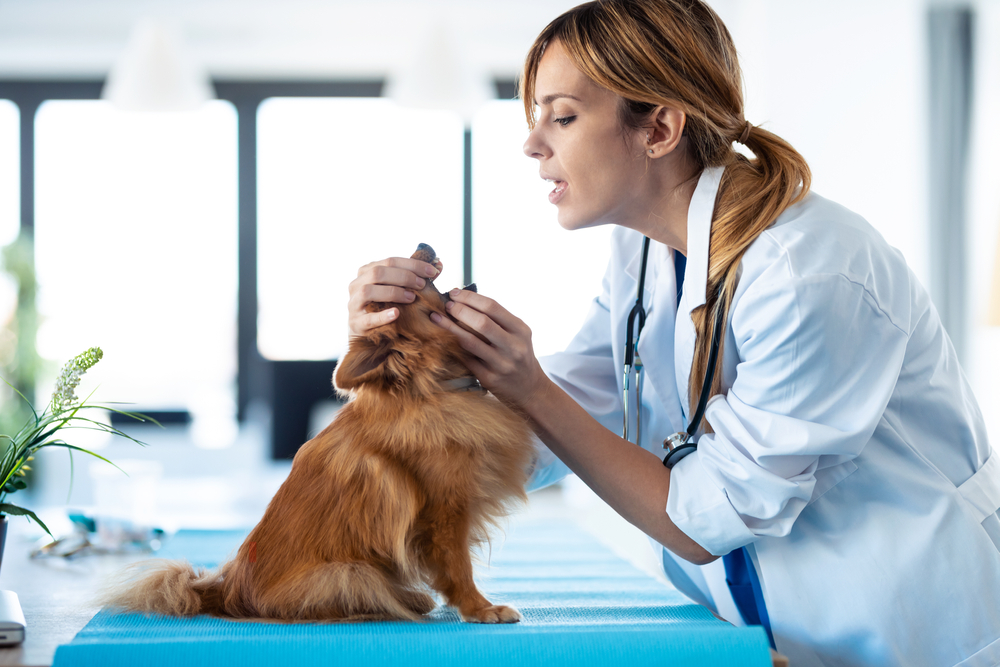
Prevention
What are some ways to prevent a dog from eating a button again? While each dog and situation is unique, below are some tips and ideas to help decrease the chance of this happening a second (or third or fourth) time!
- Dog-proof your home: Consider your dog’s habits and avoid the situation by dog-proofing your home. If they have made it a point to routinely devour certain items, such as buttons, place stopgaps in place to have these items out of reach. For example, if your dog eats buttons off your jacket that you place on the back of your chair, make it a habit of hanging your jacket up in a closet right away so they cannot access it.
- Teach your dog commands: Teaching your dog the commands, “leave it” or “drop it” is very helpful if you happen to catch your dog in the act of going after and getting a button or otherwise problematic item!
- Use repellents: If tolerable to the human individual being around the button, place a negative taste temporarily on the item. Some may try hot sauce or a bitter apple spray which may help the dog avoid the item should they encounter it in the future. Double-check with your veterinarian that certain tastes are safe for your dog.
- Use toys: Choose appropriately sized toys for them in place of them finding something that interests them! Provide a variety, rotate out favorites, and ensure that once one has been damaged, it’s removed right away.
- Give them exercise: Physical exercise is a great outlet that will not only redirect them away from negative behaviors but also allow for more neurotransmitters that can help bolster the health of the brain.
- Mental stimulation: In addition, mental stimulation allows for an enriching life and can prevent boredom, help with anxiety, etc. This could include things such as training, but also certain kinds of toys that get them to think, such as treat puzzles, stuffed Kongs, etc.
- Keep dog safe when alone: Make sure your dog is in a safe place when alone or not able to be monitored. For some, this may mean a crate, a dog pen, or a specific room. Others may use a baby gate, closed doors, etc. to restrict where their dog can go in their home.
- Use muzzle: For dogs that are grazers no matter what you do, consider training them to use a basket muzzle when they cannot be watched. A basket muzzle will allow your dog to pant and drink but should limit their ability to ingest objects.
- Reach out to a vet: Seek veterinary care to rule out medical causes of pica. Some of these may include deficits in nutrition, boredom, anxiety, or compulsive behavior.

Conclusion
If your dog eats a button, you may not initially know the next steps or various treatment options that exist. In the event that this does happen, contacting your dog’s veterinarian and discussing the situation with them can help provide you with their recommended next steps, which sometimes may even include the option of watching and waiting.
In addition, preventative tips may help this from happening another time!
Featured Image Credit: ZoranKrstic, Shutterstock



